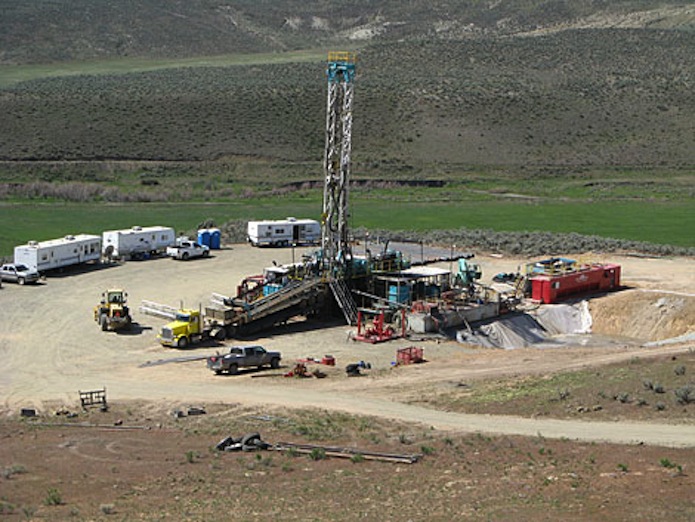Idaho Public Utility Commission approves Neal Hot Springs PPA

Idaho Public Utilities Commission (PUC) approves Power Purchase Agreement (PPA) for the Neal Hot Springs project by USG Oregon (fully owned subsidiary of US Geothermal). The PPA has a term of 25 years.
Reported from Idaho, the “Idaho Public Utilities Commission (PUC) has approved a Power Purchase Agreement (PPA) for the Neal Hot Springs project. The PPA has a term of 25 years.
USG Oregon, the wholly-owned subsidiary of US Geothermal, signed the PPA with Idaho Power in December 2009. The agreement provides for the purchase of up to 25MW of certified renewable power.
Beginning in 2012, the flat energy price is $96 per MWh. The price escalates annually by 6% in the initial years and by 1.33% during the latter years of the agreement. The approximate 25-year levelized price is $117.65 per MWh, US Geothermal said.
The Neal Hot Springs is being developed as an improved technology binary cycle power plant. The project is negotiating with the US Department of Energy for a low cost $102.2m loan for 75% of the maximum total project costs.
In addition, with construction continuing this year, the project will qualify for an approximate $34m cash grant from the US Department of Treasury upon commercial operation of the plant. USG Oregon initiated construction by having drilled two production wells that have a combined output rating, subject to drilling necessary injection wells, of nearly 15MW.
Two smaller drill rigs are currently working on an extensive temperature gradient well drilling program at the project. Ten small diameter wells have already been completed and an additional three wells are planned with variable depths down to 2,000ft.
The drilling has identified an enlarged high temperature geothermal anomaly and extended the length of the known production zone by approximately one mile to the southeast. The results of this drill program are being incorporated into a reservoir model to help pinpoint the location of the remaining full size production and injection wells to be drilled.”
Source: Energy Business Review